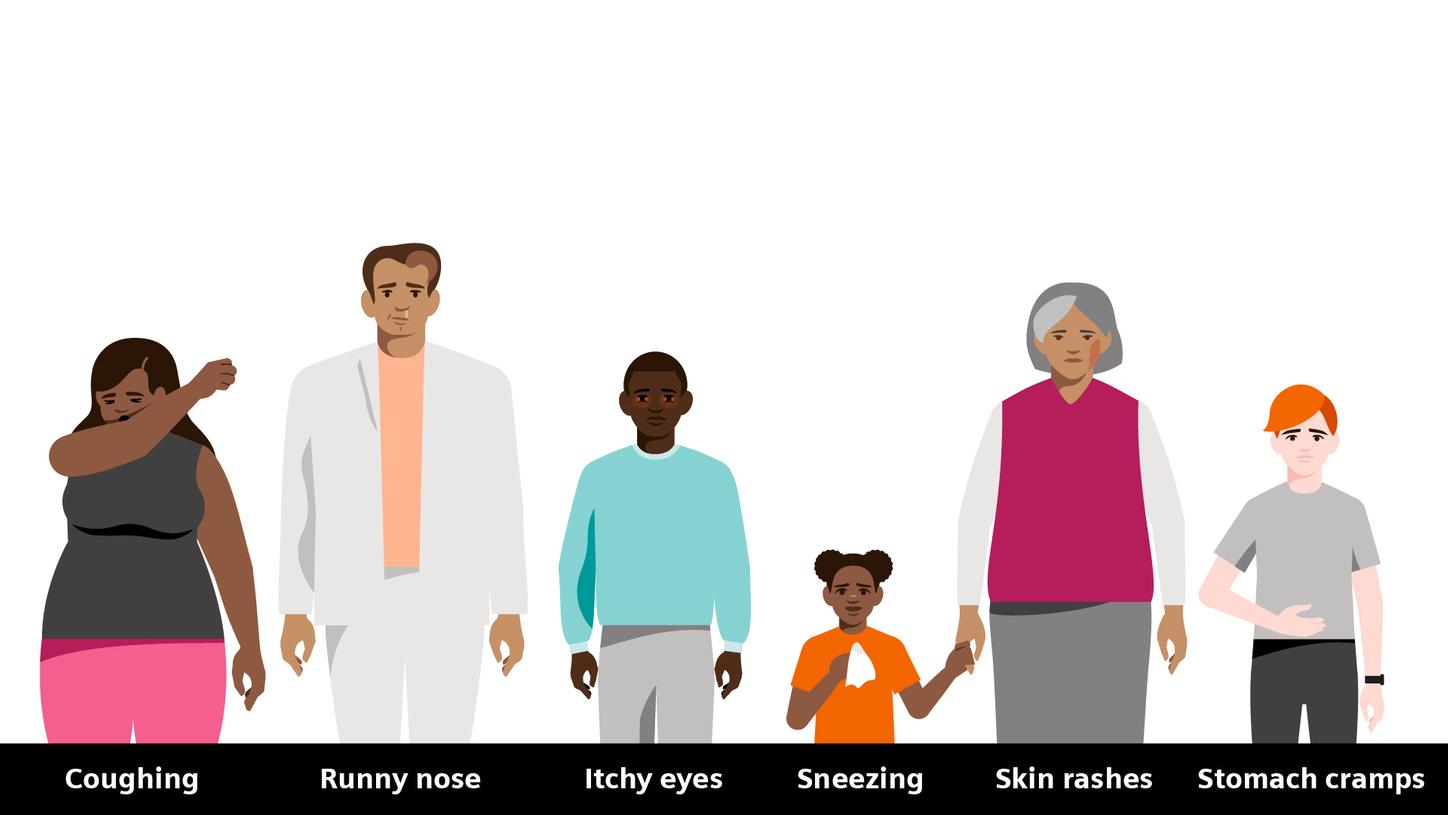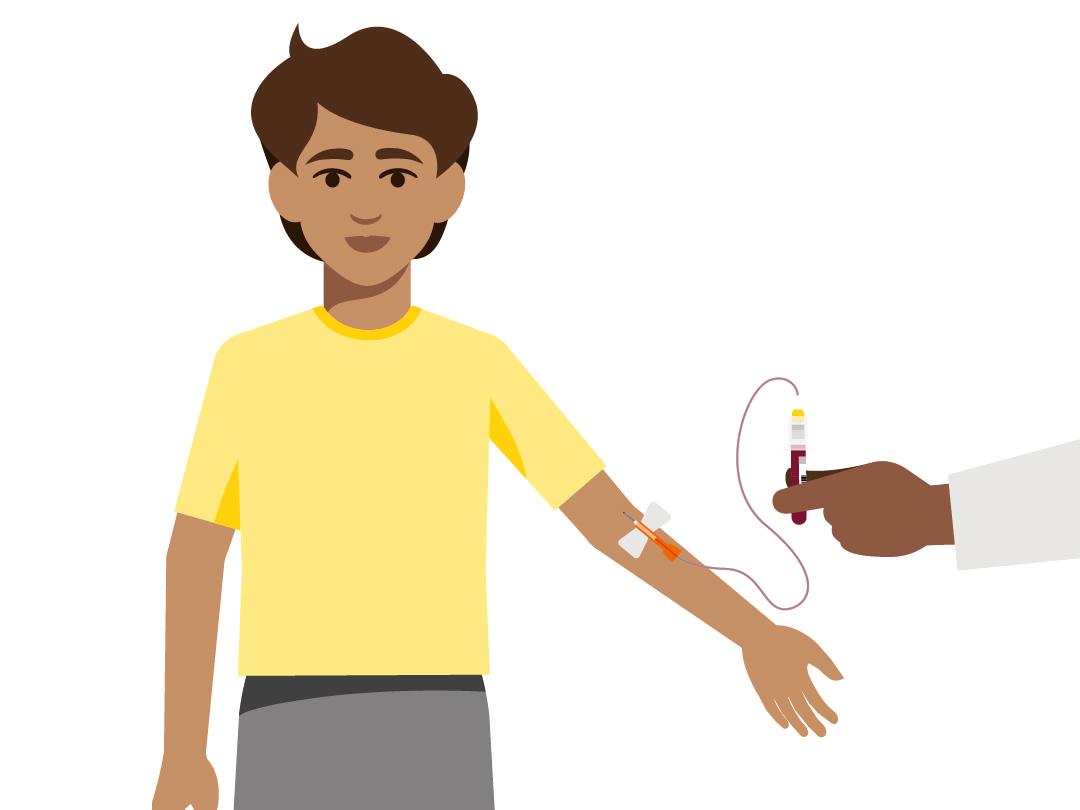
What are allergies? Symptoms, causes, tests, and treatments for allergic reactions
Did this information help you?
1
Pawankar R, Canonica GW, Holgate ST, Lockey RF. White book on allergy 2011-2012 executive summary. World Health Organization; 2013.
2
Asher MI, Montefort S, Björkstén B, Lai CK, Strachan DP, Weiland SK, Williams H, ISAAC Phase Three Study Group Worldwide time trends in the prevalence of symptoms of asthma, allergic rhinoconjunctivitis, and eczema in Triggers Testing Treatment Download this infographic (pdf) ALLERGY PATIENT WEBPAGE Unrestricted childhood: ISAAC phases one and three repeat multicountry cross-sectional surveys. Lancet. 2006;368(9537):733–743. doi: 10.1016/S0140-6736(06)69283-0.
3
Björkstén B, Clayton T, Ellwood P, Stewart A, Strachan D, ISAAC Phase III Study Group Worldwide time trends for symptoms of rhinitis and conjunctivitis: phase III of the inter-national study of asthma and allergies in childhood. Pediatr Allergy Immunol. 2008;19(2):110–124. doi: 10.1111/j.1399-3038.2007.00601.x.
4
Prescott SL, Pawankar R, Allen KJ, Campbell DE, Sinn JK, Fiocchi A, Ebisawa M, Sampson HA, Beyer K, Lee BW. A global survey of changing patterns of food allergy burden in children. World Allergy Organ J. 2013;6(1):21. doi: 10.1186/1939-4551-6-21.
5
Robert G. Hamilton, Kim Mudd, Mirinda Anderson White, Robert A. Wood, MD. Extension of food allergen specific IgE ranges from the ImmunoCAP to the IMMULITE systems. Ann Allergy Asthma Immunol. 2011;107:139 –144.
6
Ludman, S. W., & Boyle, R. J. (2015). Stinging Insect Allergy: Current Perspectives on Venom Immunotherapy. Journal of Asthma and Allergy, 8, 75–86. https://doi.org/10.2147/JAA.S62288
7
Asthma and Allergy Foundation of America. Available from: https://www.aafa.org/insect-allergy/#:~:text=Non%2Dstinging%20and%20non%2Dbiting,see%20with%20the%20naked%20eye
The products/features mentioned here are not commercially available in all countries. Due to regulatory reasons, their future availability cannot be guaranteed. Please contact your local Siemens Healthineers organization for more details.
Zebra Saves the Day story by Connie Mardis and Stephen Flynn. Illustrations by Henry Lutts.












